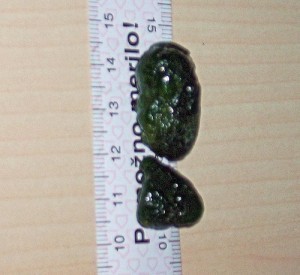Whitefish Sizes
The name “Whitefish” actually applies to not one, but several different classes of  sea creature. It commonly refers to a species of freshwater fish related to the salmon, but it could also refer to, among others, a type of shark and a whale.
sea creature. It commonly refers to a species of freshwater fish related to the salmon, but it could also refer to, among others, a type of shark and a whale.
The typical Freshwater Whitefish belongs to the salmon family Salmonidae’s Coregoninae subfamily. It is made up of 3 genera; Coregonus, Prosopium and Stenodus. From the genus Coregonus, the Broad Whitefish (Coreganus nasus) can achieve 70 cm (28 in) in length and 16 kg (35 lbs) in weight. The Lauretta Whitefish or Bering cisco (Coregonus laurettae) grows up to 48 cm long (19 in), and occurs in Russia and Alaska. The Alaska Whitefish (Coregonus nelsonii) measures up to a size of 56.0 cm (22.0 in), inhabiting rivers and lakes in the northwestern parts of North America.
From western North America, the Pygmy Whitefish (Prosopium coulterii) ranges in size from 3-15.3 cm (1.2-6.0 in), with a common length of 12 cm (4.7 in) and a maximum size of 28 cm (11 in). It belongs to the genus Prosopium, as does the Round Whitefish (Prosopium cylindraceum), which occupies the Great Lakes and measures 9-19 in. Also from western North U.S. is the Mountain Whitefish (Prosopium williamsoni), growing up to a length of 70 cm and weighing 2.9 kg.
The Inconnu (Stenodus leucicthys) comes from the genus Stenodus and has an average adult weight of 14-25 kg (31-55 lbs). There are many more Whitefish species in the Coregoninae subfamily, but apart from those, there are other marine species that have laid claim to that designation.
Indigenous to the Caspian Sea, the Kutum (Rutilus frisii kutum) can thrive in both fresh and brackish waters and is known as the Caspian White Fish. Belonging to the Cyprinidae family (and thus relative to the carp and the minnow), this medium-sized species can grow to a length of 45-55 cm (seldom reaching 70 cm) and a weight of about 4.00 kg (occasionally 5.00 kg). The Tilefish of the Malacanthidae family includes the species named the Ocean Whitefish (Caulolatilus princeps), and ranges in length from 11-125 cm and weighing 30 kg.
The Elephant Shark (Calorhinchus milii) is the Whitefish of the Chimaeriformes order, and is actually one of 2 species from this order to be referred to as such, the other one being Ogilby’s Ghostshark (Hydrolagus ogilbyi). Also known as the Australian Ghost Shark; Elephant Fish; Makorepe and Plownose Chimaera, the Elephant Shark measures between 60 and 120 cm, with the males maturing at roughly 65 cm.
The European sturgeon species Beluga (Huso huso) has been referred to as a Whitefish, mainly because its name is Russian for “white.” It can grow up to a length of 8.6 m (28 ft) and a weight of 2,700 kg (5,940 lbs). The similarly-named Beluga Whale (Delphinapterus leucas) has also been called whitefish, despite the fact that it is not really a fish. It is an aquatic mammal, like all whales and other members of the order Cetacea, and dwells in Arctic and sub-Arctic waters. The males are the largest of the species, reaching a length of 5.5 m (18 ft) and a weight of around 1,100-1,600 kg (2,400-3,500 lbs), while females reach 4.1 m (13 ft) and weigh 700-1,200 kg (1,500-2,600 lbs).
As if the size of the “real” Whitefish family wasn’t big enough, it grows even larger when one includes all the other species that had come to share its name. And to paraphrase the Bard: What’s in a name? That which we call a fish by any other name would smell, well, like fish.





